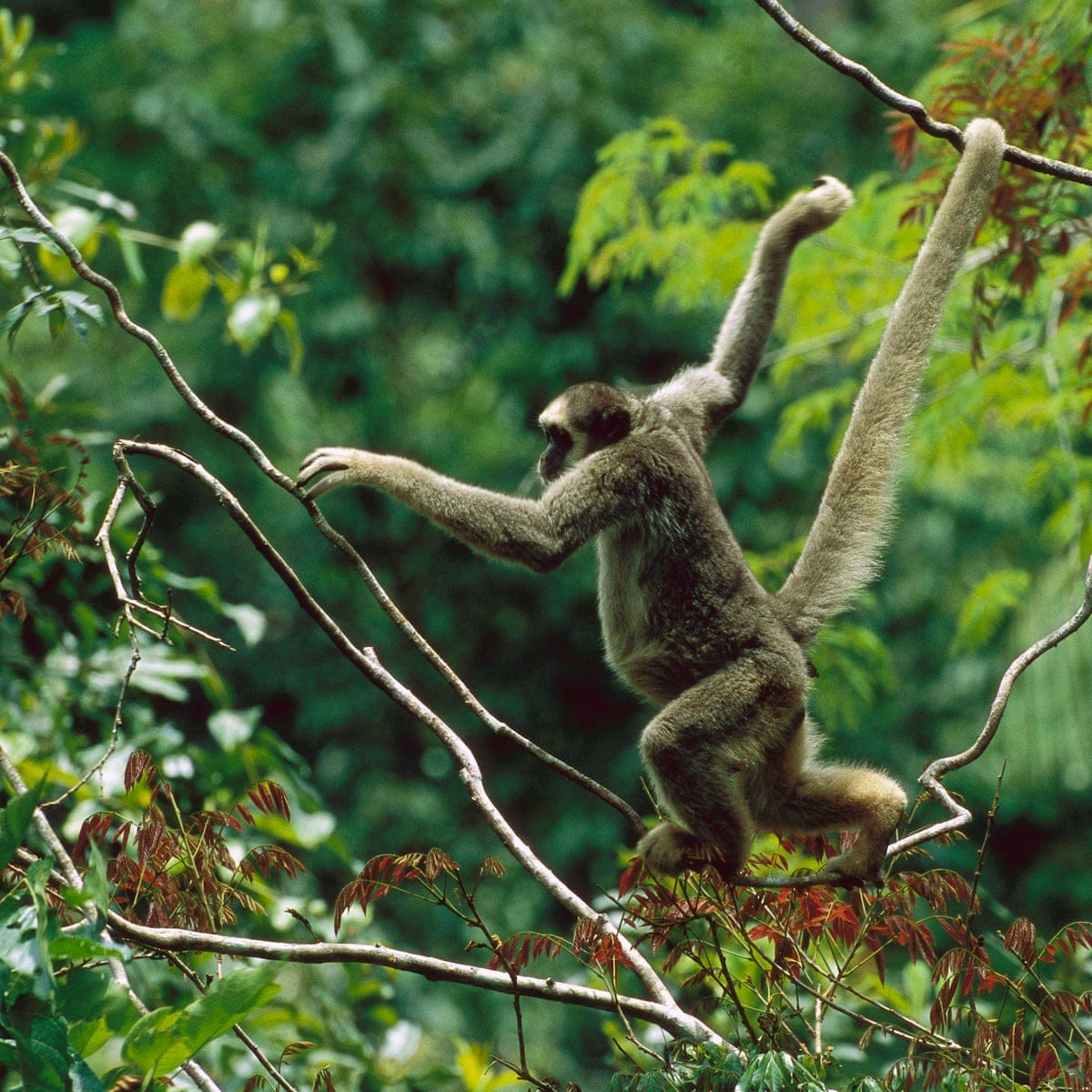The monkeys on the vines
The monkeys who lived near the stream had a beef with the monkeys who lived on the hill.
So it was the case for hundreds of years. Never mind. To try and live in harmony in spite of that was the unwritten law of the land. What's more, it was even codified in the jungle laws few years ago by the monkeys of the jungle who wished to see their jungle prosper and be united as one.
The council of monkeys, until a few years ago, would try to keep the peace; well, at least pretend to. That pretense too, was enough. As none of the monkeys would want to be seen as violating the boundaries of co-existence.
Of course, there always were some groups who thrived in the rivalries and fights (and at times, massacres) that ensued within the jungle. They would claim that the monkeys near the stream were wronged that they were being given the worst of the jungle, did not have access to the trees with the sweetest fruits, did not get enough water, and were not being allowed to go to the hills often enough.
Any and every occasion for any altercation was when these groups would "shine" and seen (and want to be seen) as "protectors" of the monkeys who lived near the stream.
There were enough monkeys amongst both tribes who were acutely aware of the differences between the tribes. However, they were also aware of the commonalities.
Oh, yes!
There were quite a few.
Monkeys from both tribes loved the berries from the trees that grew in the eastern part of the jungle; they enjoyed playing on the vines, and even enjoyed watching others play. It didn't matter which tribe the monkey, who was the fastest or the most agile on a given day, belonged to. Both tribes loved watching the performative monkeys do their silly dances, sing their cacophonous songs, and beat their chests in the age-old simian rhythm.
Both tribes, in general, wanted the jungle to thrive as a whole.
Both tribes loved the hills. Both tribes loved the stream. Both tribes loved the trees.
Unfortunately, the groups that could never see the tribes mingle with each other despised any and every occasion when the two tribes would be seen reveling or even just getting a few moments of relief in their shared activities.
The groups all knew how easy it was to keep reminding the tribes of their differences. All it took was an instigation here, a minor scuffle there or even just rumours and hearsay to get the two tribes to become aware of their differences alone while pushing their commonalities back to the recesses of their minds. It always was a struggle between the best of their behaviour and the worst of them; within each tribe, and within each monkey.
Then one day,
the groups that thrived on antagonization got enough of their own in the council of ministers; and then some more; and then some more; until the council of ministers became an instrument of these groups.
Once they had this control, it was always easy to highlight unsavory events, reminding the monkeys of their historical tragedies, real and imagined, and to transform the image of the monkeys who lived on the hills in the mind of those who lived near the stream as a sub-simian group that was completely at odds with the (rapidly changing) laws of the jungle.
You see, it is easy to cut the tree. It is difficult to get it to grow again. More importantly, one cannot always see the tree growing quietly below the ground.
The more people believed in the dying of the forest, the more they killed it.
They didn't realize that the forest would thrive one day, sooner or later. It was they themselves who would perish due to their pandering to their own worst instincts.
The forest is what gave them life.
The monkeys are what made the forest lively.
The monkeys enjoyed their songs, and they enjoyed their dances. They enjoyed teasing each other, and they enjoyed their antics on the vines.
..until they forgot to enjoy.



